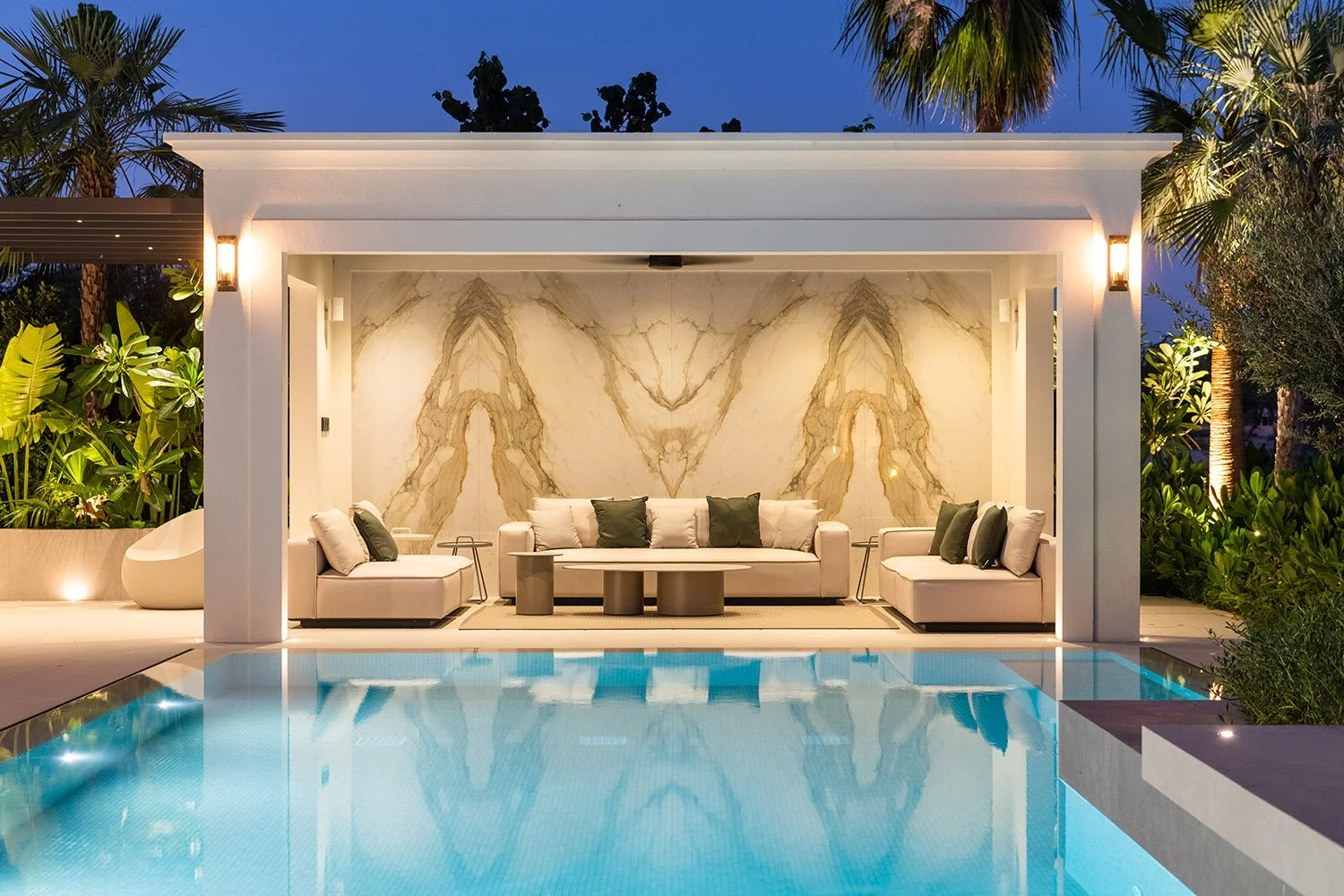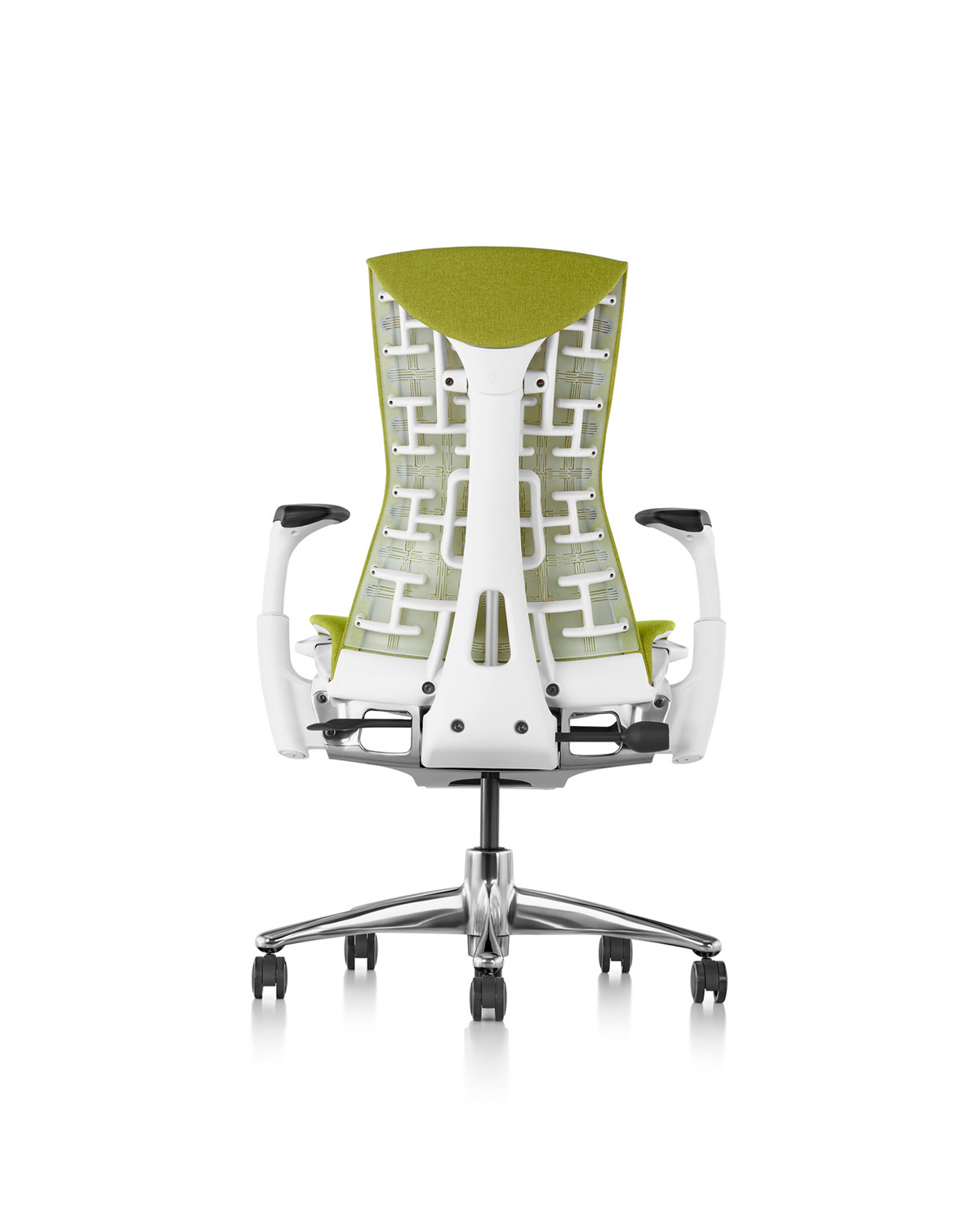Creating spaces that celebrate wide, beautiful views takes careful thought. Panoramic views allow people to feel connected to the world outside, making any place feel open and alive. Premium landscaping makes designers now focus on arranging both indoor and outdoor areas so that nothing blocks these stunning sight lines.
Opening Up the Space:
One of the first steps in designing for panoramic views is thinking about how to remove obstacles. Walls, tall plants, or bulky furniture can block what could be a breathtaking view. Instead, using large windows or glass walls brings the outside in and keeps sight lines open. This design choice lets natural light flood the room and highlights the beauty outside.
Placing Key Elements Thoughtfully:
In any room or garden, where furniture or features are placed matters a lot. Seating should face or follow the view, giving people the best angle to enjoy what’s outside. Paths and walkways in a garden can guide the eye toward focal points like a distant mountain or a sparkling lake.
Balancing Views with Privacy:
While panoramic views invite the outside world in, privacy remains important. Thoughtful design can use plants, screens, or clever layout to protect private areas without closing off the view. For example, low hedges or open trellises keep the space feeling free but still create cozy spots away from neighbors.
Using Levels to Enhance Sight Lines:
Varying the height of floors or terraces adds interest and changes how views are seen. A raised deck can offer a new angle on the landscape, while sunken seating areas create intimate spaces with great sight lines over the surroundings. These changes in level help make the view part of everyday life, not something distant or unreachable.
Framing the View Naturally:
Designers often think about how to frame the view like a picture. Trees, plants, or architectural elements can guide the eye toward special parts of the landscape. This framing adds a sense of focus and beauty, making the outside scene feel like a living work of art.
Connecting Indoor and Outdoor Living:
When the view is important, sliding doors, patios, or terraces become natural extensions of the living room. This connection makes it easier to enjoy the view while cooking, dining, or relaxing.
Designing with panoramic views and clear sight lines helps bring the outside into everyday life. Purposeful choices shape spaces that invite people to stop, look, and feel part of the world beyond their walls.



